Whether officially named in documents or simply named, the remote locations west of Hue City associated with the resistance war for national independence all have many meanings. On the occasion of the 50th anniversary of the country's reunification, Thanh Nien would like to introduce some strange-sounding places that evoke the brutality of war and the heroic sacrifices of our compatriots in the great resistance war.
No one remembers exactly when or who named a cave in Dut 1 village (Hong Kim commune, Ha Luoi, Hue city) Tien Cong cave. We only know that this name appeared after the cave entrance was buried, causing a platoon to die.
"C OP VA" PROTECTS THE TROOP
The Pa Koh and Ta Oi people in Ha Luoi are more familiar with "Cup Va" (Cup means cave) than Tien Cong Cave. Since ancient times, the Hero of the Armed Forces Ho Vai (now 85 years old, living in A Luoi) has known this place as a large natural cave in the A Tuc range, at the foot of the cave is the winding Ta Rinh River. According to Mr. Ho Vai's memories, this cave has an area of about 1,000 square meters. "With a length of about 20 meters and a width of 50 meters, "Cup Va" faces east so it can overlook the A Luoi valley. Because of these favorable conditions, during the war, our soldiers used "Cup Va" as a very powerful observation post," Mr. Ho Vai said.

A large rock buried Tien Cong cave, killing many soldiers.
PHOTO: HOANG SON
According to the Department of Culture and Information of Ha Luoi, right at the foot of the cave is the Ho Chi Minh strategic transport route. "Cup Va" became a warehouse for the transfer of weapons, food, military uniforms, and military equipment, and a safe haven for tens of thousands of cadres and soldiers of the liberation army every time they had the opportunity to pass through here (1965 - 1967). That further proves the intelligence and creativity of our army when deciding to choose "Cup Va" as both an observation post and a guard post for the Ho Chi Minh vital route for a long time.
In the years 1965 - 1967, when the Ho Chi Minh trail was discovered passing through this area, the enemy concentrated firepower day and night to attack. At that time, "Cup Va" fully demonstrated its ability as a safe shelter, a forward wounded soldiers station, a place to hide and transfer weapons, ammunition... to areas K.61, K.62, K.64 and the Dong So tunnel cluster (Hong Bac commune, Ha Luoi) to ensure and maintain the supply of weapons and materials to the battlefields. It especially served well, contributing significantly to the army and people of Hue in the Mau Than 1968 general offensive and uprising.
"As a local soldier, my hometown is in the nearby Hong Bac commune, so I know that for many years, "Cup Va" has protected our soldiers from fierce bombings. "Cup Va" is proof of the creativity in fighting the enemy, using the terrain, topography... of our army and people," said hero Ho Vai.
WHEN DID THE NAME "DONG TIEN CONG" EXIST?
That is the question that even a person who was born, raised and familiar with the terrain in combat like hero Ho Vai could not answer. He only remembered that a fierce bombing on the A Tuc mountain range caused the entrance to "Cup Va" to collapse, killing many soldiers, from which the name Tien Cong cave was born.
Following the instructions of Ms. Le Thi Them, Head of the Culture and Information Department of Ha Luoi, I met with Hero of the Armed Forces Ho Kan Lich (82 years old, residing in A Luoi) to ask about the origin of the name Tien Cong, but she also shook her head. "My mother fought locally in countless large and small battles, taking refuge from cave to cave, so she was no stranger to "Cup Va". But who gave her the name "Tien Cong", said hero Ho Kan Lich.
According to the Hue City History Museum, after the failures in the 1968 Mau Than campaign, the enemy focused on attacking the western area of Thua Thien, especially the A Tuc range, where Tien Cong cave was located. During a fierce bombing, a large rock in front of the cave collapsed, blocking the entrance. Inside, many of our officers and soldiers were killed. "They were soldiers from Station 7, including comrade Mon, the Political Commissar of the Station; comrade Nai, a lieutenant, leaving behind endless sorrow for comrades and compatriots," the museum informed.
Following the Ho Chi Minh road, from the center of Ha Luoi to the north about 15 km, there is a sign introducing the Tien Cong cave relic. From afar, you can see giant black rocks lying precariously on the cliff. From this location, going about 500 m further, visitors are forced to stop their vehicles to wade across the Ta Rinh River and then continue climbing for about 30 minutes to reach Tien Cong cave. It is very difficult to imagine what the cave looked like in the past, because the huge rock of the A Tuc range has completely buried the entrance. The remaining vestige is a natural "roof" under the rock, with a height just enough for an adult standing straight. On the rock cavity are burnt incense sticks...
I met many people in Dut 1 village to hear them talk about the origin of the name Tien Cong cave, but old people like Mrs. Can Sao (75 years old) also did not know. "Tien Cong cave is where many of our soldiers sacrificed. I heard that even the engineering squad. Inside the cave, there are still soldiers lying there whose remains have not been recovered. I feel so sorry!", Mrs. Can Sao said. Occasionally going to Tien Cong cave to burn incense for the martyrs, former Chief of Police of Hong Kim commune Ho Minh Chau (63 years old) still does not know and understand the meaning of the name Tien Cong, so he hopes that the authorities will have more explanations to educate the history for the younger generation.
Ms. Le Thi Them also acknowledged that the meaning of the name Tien Cong cave has not been clarified. She herself has not had the opportunity to meet other witnesses outside the locality to clarify the origin of this name. "Whether it is "Cup Va" or Tien Cong cave, the relic still stands tall as a memorial, a heroic historical relic, reminding today's generation to live up to those who did not spare their blood and fought tenaciously for national independence," Ms. Them said. According to Ms. Them, although it was recognized as a national relic in 2005, Tien Cong cave is difficult to promote its value because it is located in a remote location with difficult roads. Therefore, the district is stepping up promotional activities to attract tourists. (to be continued)
Source: https://thanhnien.vn/dia-danh-la-buoc-ra-tu-cuoc-chien-khuc-trang-ca-bi-hung-noi-dong-tien-cong-185250502215718119.htm



![[Photo] Prime Minister Pham Minh Chinh receives leaders of Excelerate Energy Group](https://vphoto.vietnam.vn/thumb/1200x675/vietnam/resource/IMAGE/2025/5/29/c1fbe073230443d0a5aae0bc264d07fe)
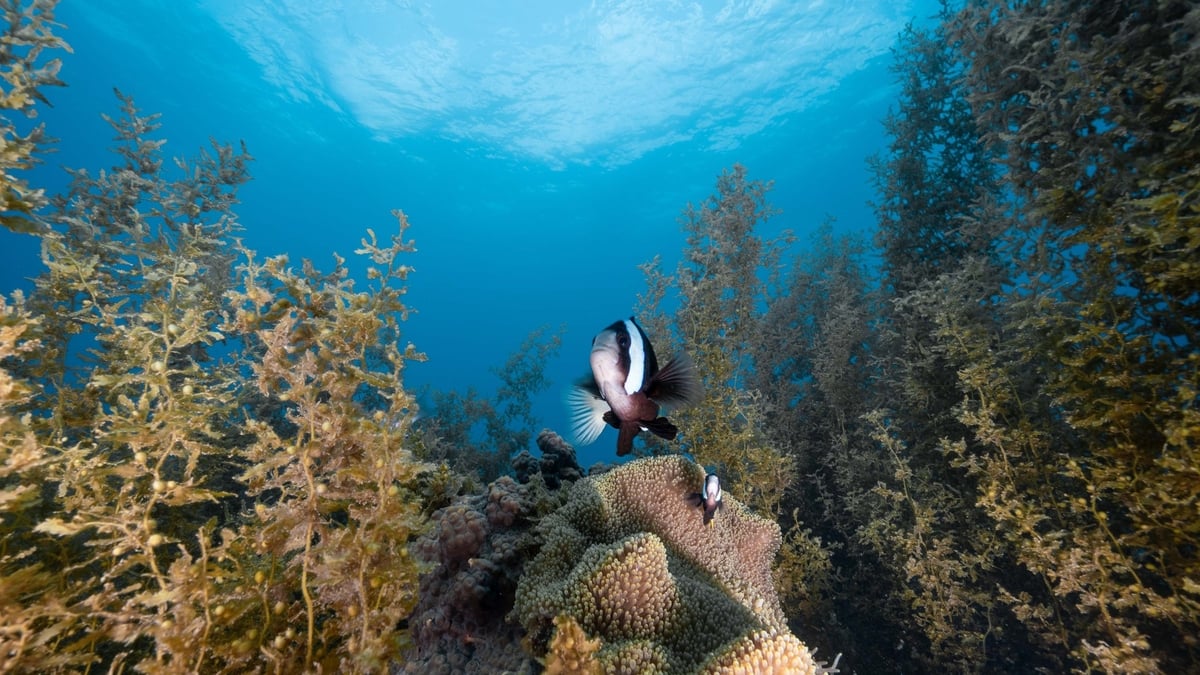


![[Photo] Prime Minister Pham Minh Chinh attends the event "Digital transformation of the banking industry by 2025"](https://vphoto.vietnam.vn/thumb/1200x675/vietnam/resource/IMAGE/2025/5/29/0e34cc7261d74e26b7f87cadff763eae)




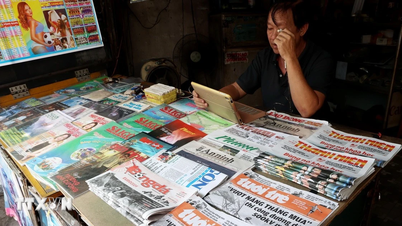













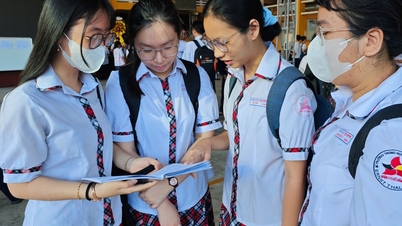
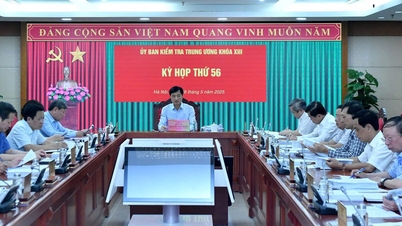
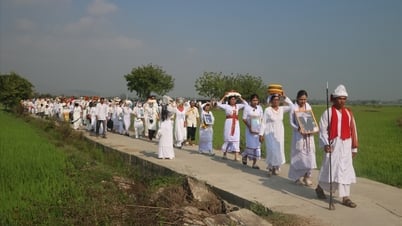










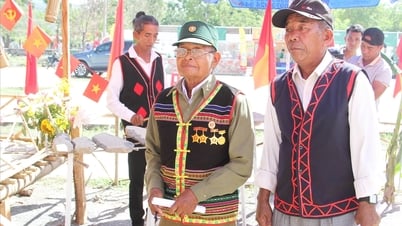















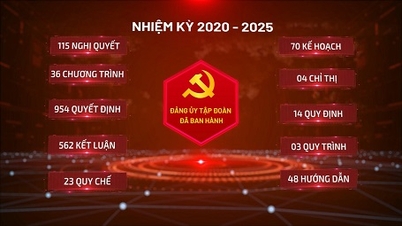




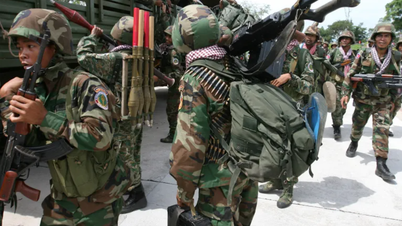





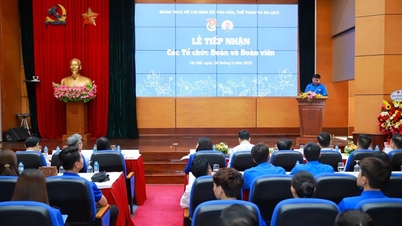
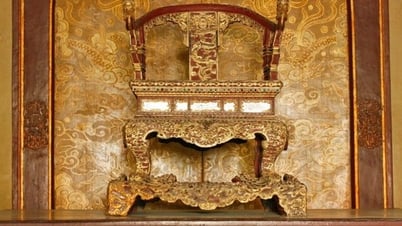




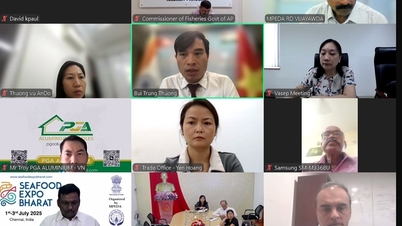
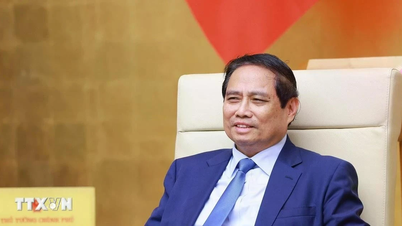

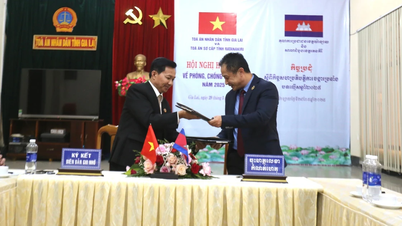


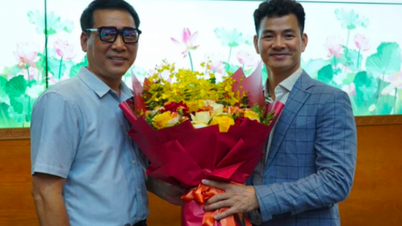

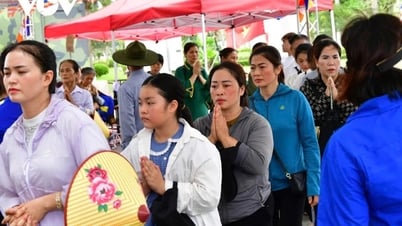

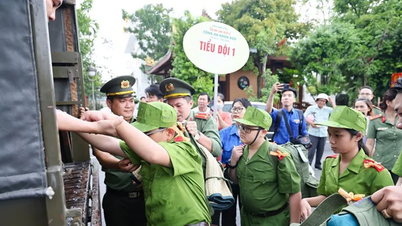
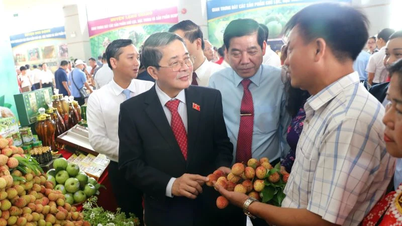
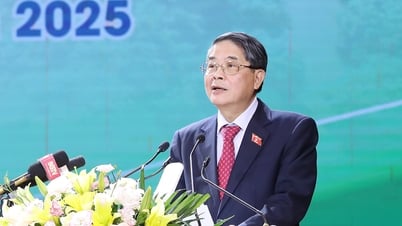







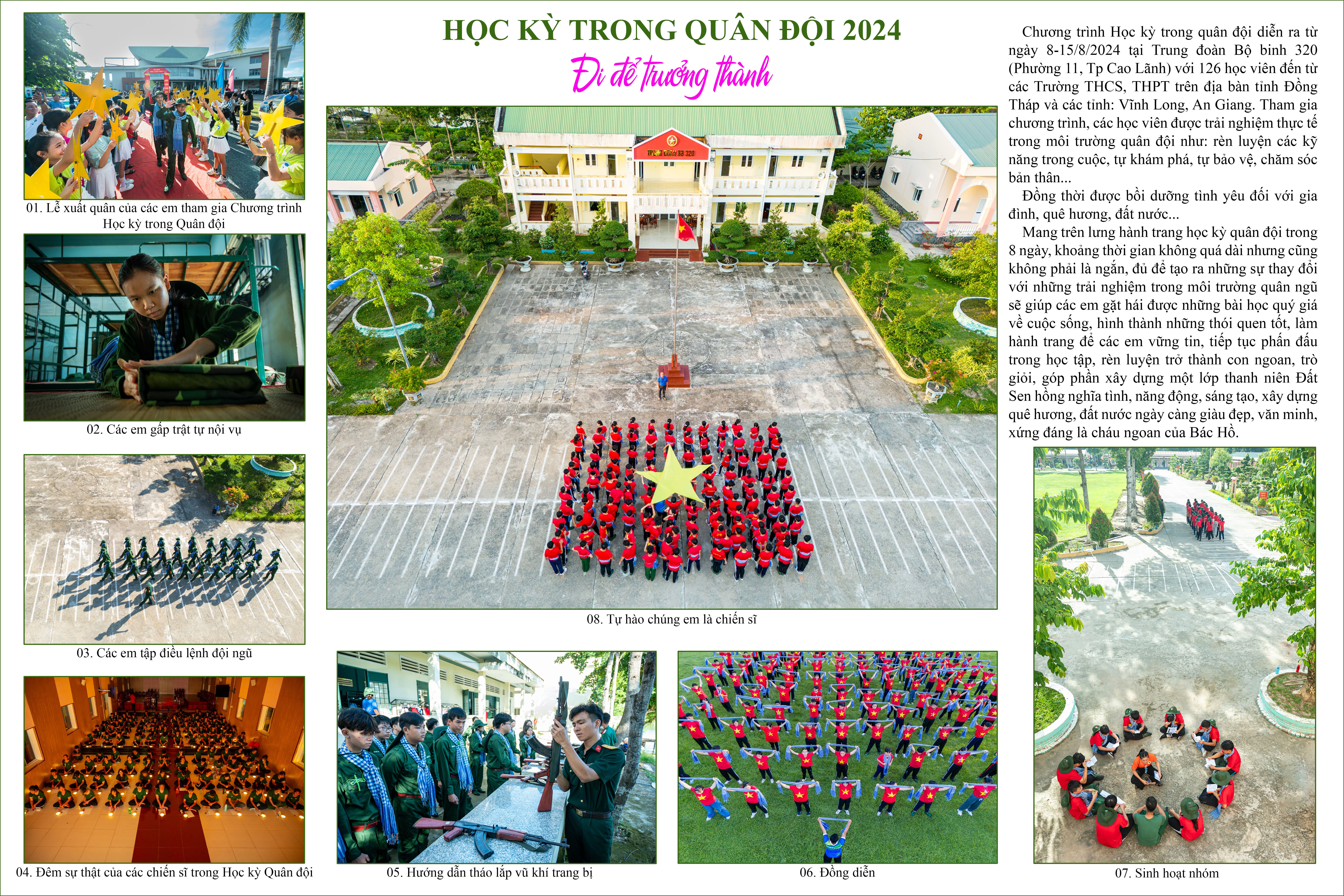
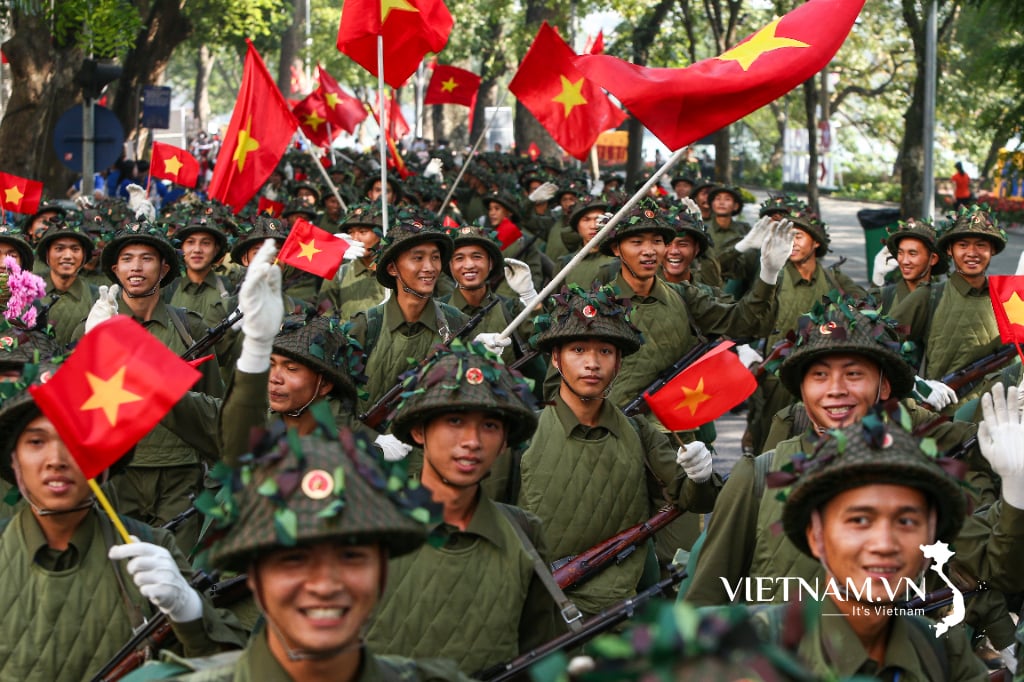

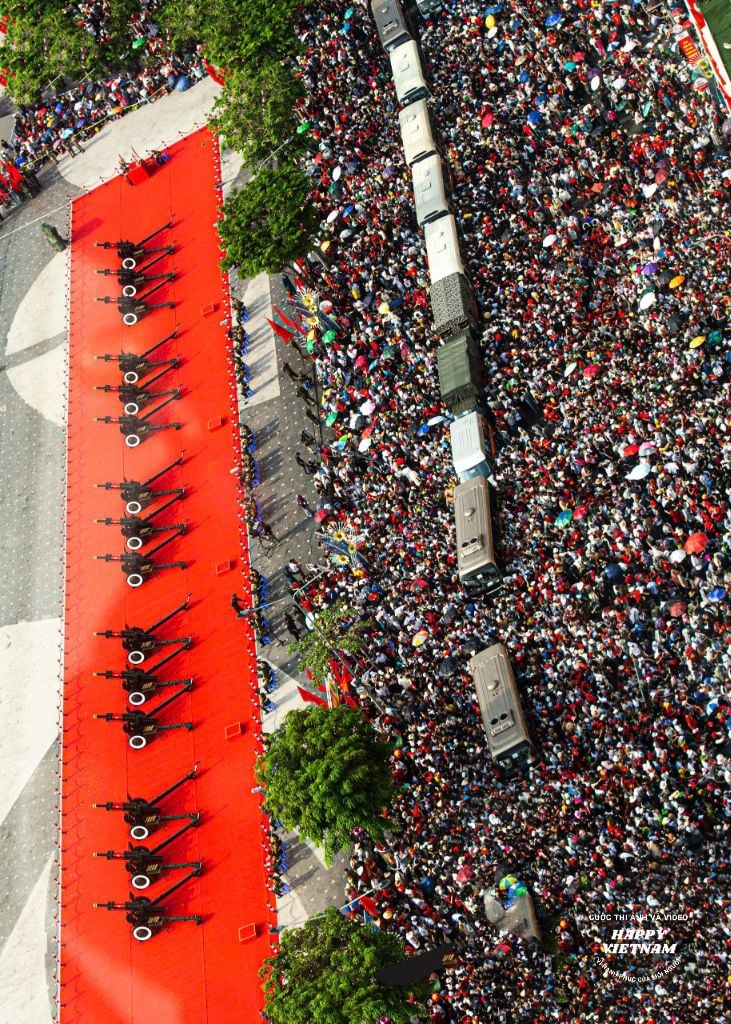
Comment (0)